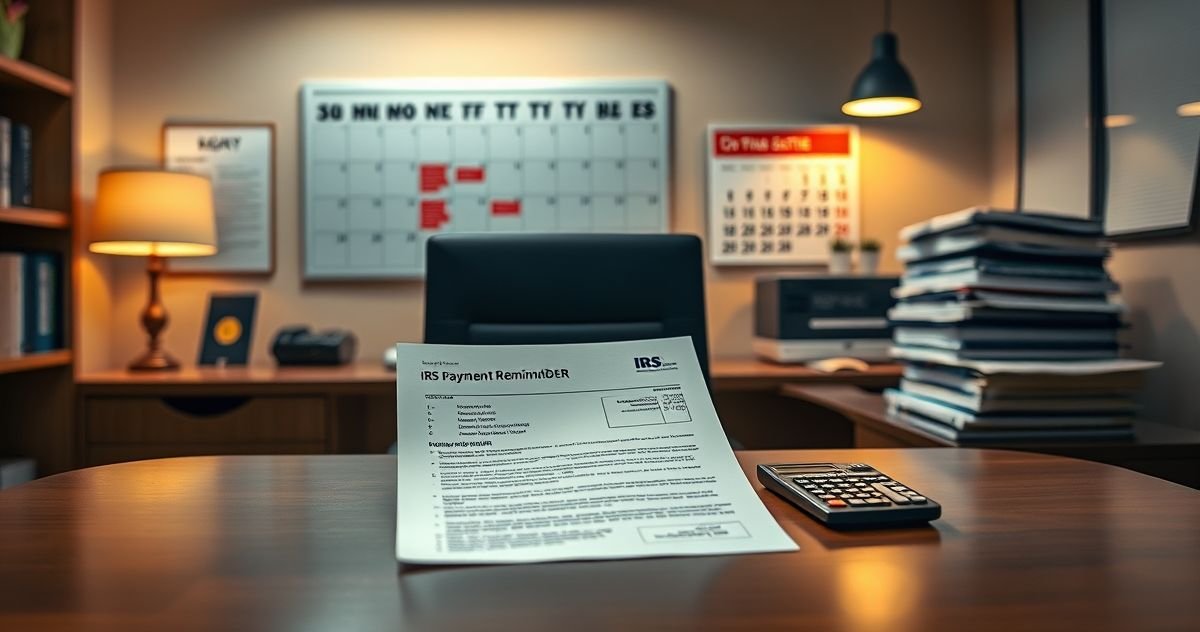Understanding the Payment Reminder Letter in Tax Compliance
The payment reminder letter is an essential tool employed by tax authorities and financial institutions to ensure taxpayers remain compliant with their financial obligations. As its name suggests, this letter serves as a formal reminder of an impending payment deadline, focusing predominantly on unpaid taxes. Given the intricacies involved in tax compliance, understanding the nuances of a payment reminder letter is of great significance, both to remain compliant and to avoid potential financial repercussions.
What is a Payment Reminder Letter?
A payment reminder letter is a formal communication issued by tax authorities, such as the IRS in the United States, or financial institutions. The primary purpose of this letter is to remind taxpayers of outstanding balances that need timely attention. It often precedes any formal collection actions by providing taxpayers with detailed information on the due amount, deadlines, and repercussions of non-compliance.
The reminder acts as an essential step in avoiding escalating debt issues by prompting taxpayers to settle the balances before incurring additional penalties or interests.
Primary Purpose of Payment Reminder Letters
The overarching goal of a payment reminder letter is to manage and mitigate risks associated with tax non-compliance by encouraging prompt payment of outstanding obligations. This process ensures a steady revenue flow for governments and financial stability for individuals. Key objectives include:
- Notification of Outstanding Payments: The reminder informs taxpayers of unpaid taxes, specifying the exact amount due and the deadline for payment.
- Encouragement of Prompt Payment: By highlighting potential penalties and interests that could accrue, the letter prompts timely financial action, helping taxpayers avoid additional charges.
- Facilitation of Financial Planning: Providing detailed information aids taxpayers in planning their financial commitments more effectively, especially crucial for managing large tax payments.
Key Features or Components of Payment Reminder Letters
Payment reminder letters are structured systematically to ensure all necessary details are communicated clearly to the taxpayer. Key components typically include:
- Taxpayer Information: Includes the taxpayer’s name, address, and Tax Identification Number (TIN) to ensure the letter is targeted accurately.
- Outstanding Balance Details: Specifies the amount owed, providing a breakdown if applicable (e.g., tax, interest, previous payments).
- Payment Deadline: Clearly states the due date for the outstanding payment, emphasizing the urgency of compliance.
- Penalties and Interest: An explanation of potential additional charges that could be incurred if the payment is not made by the specified deadline.
- Payment Instructions: Provides detailed instructions on how the payment can be made, including online payment portals, mailing addresses for checks, or in-person payments.
- Contact Information: Includes contact details for tax authorities, enabling taxpayers to seek clarification or discuss potential payment plans if necessary.
Relevant Filing or Compliance Requirements
Taxpayers receiving a payment reminder letter must adhere to several compliance requirements to avoid further penalties:
- Timely Payment: The most critical requirement is ensuring payment is made by the deadline specified in the letter.
- Review of Account Details: Taxpayers should cross-reference the information provided with their records to verify accuracy and address discrepancies.
- Documentation: Retaining copies of correspondence and proof of payment helps resolve potential future disputes or audits.
Penalties or Consequences for Non-compliance
Failing to respond to a payment reminder letter can lead to significant financial and legal repercussions, such as:
- Interest Accumulation: Unpaid balances accrue interest over time, increasing the taxpayer’s debt significantly.
- Late Payment Penalties: Tax authorities levy penalties on taxpayers who fail to meet the payment deadlines, further exacerbating financial obligations.
- Collection Procedures: Persistent non-compliance may trigger formal collection actions, including garnishments, liens, or levies on assets.
Importance or Significance in Tax Resolution and Financial Compliance
In the broader scope of financial planning and tax compliance, payment reminder letters serve as a crucial step in the tax resolution process. Important factors include:
- Prevention of Escalated Debt: Addressing a payment reminder proactively prevents small debts from snowballing into unmanageable liabilities.
- Financial Stability: By resolving tax obligations promptly, taxpayers maintain better control of their finances, ensuring stability and peace of mind.
- Positive Financial Record: Timely compliance with tax demands protects one’s credit rating and financial history, reducing difficulties in obtaining financial services or loans in the future.
- Pathway to Resolution: Offers a chance for taxpayers to discuss flexible payment options or dispute inaccuracies, facilitating a smoother tax resolution process.
Conclusion
Payment reminder letters are not merely bureaucratic formalities but are key elements in ensuring compliance with tax obligations. They help governments maintain necessary public services through tax revenue while offering taxpayers the chance to address their debts efficiently. By understanding the structure, purpose, and critical nature of these letters, taxpayers can effectively manage their financial responsibilities, ensuring compliance and preventing future financial complications.

